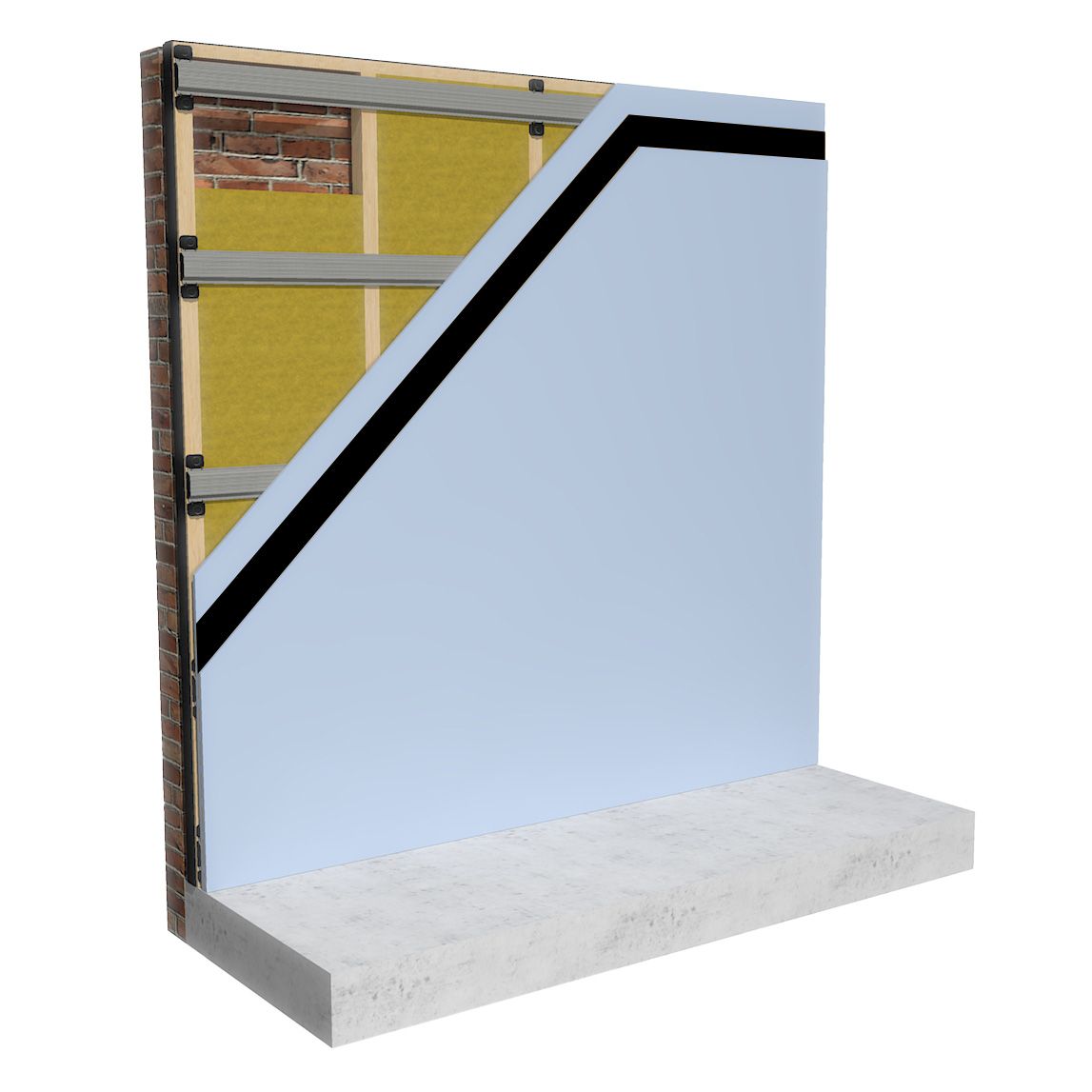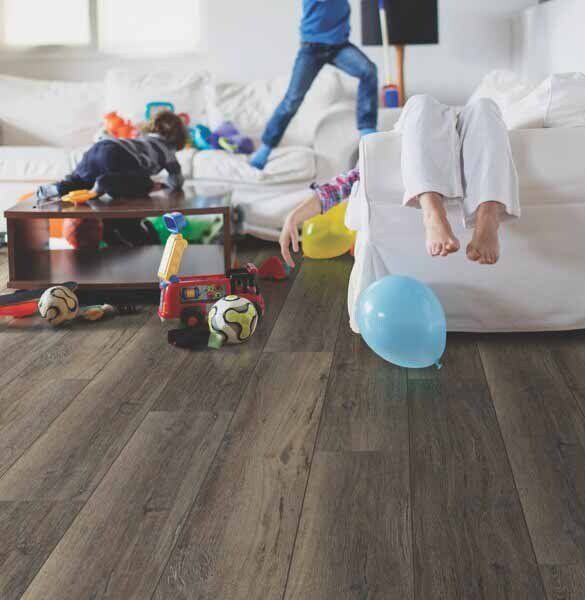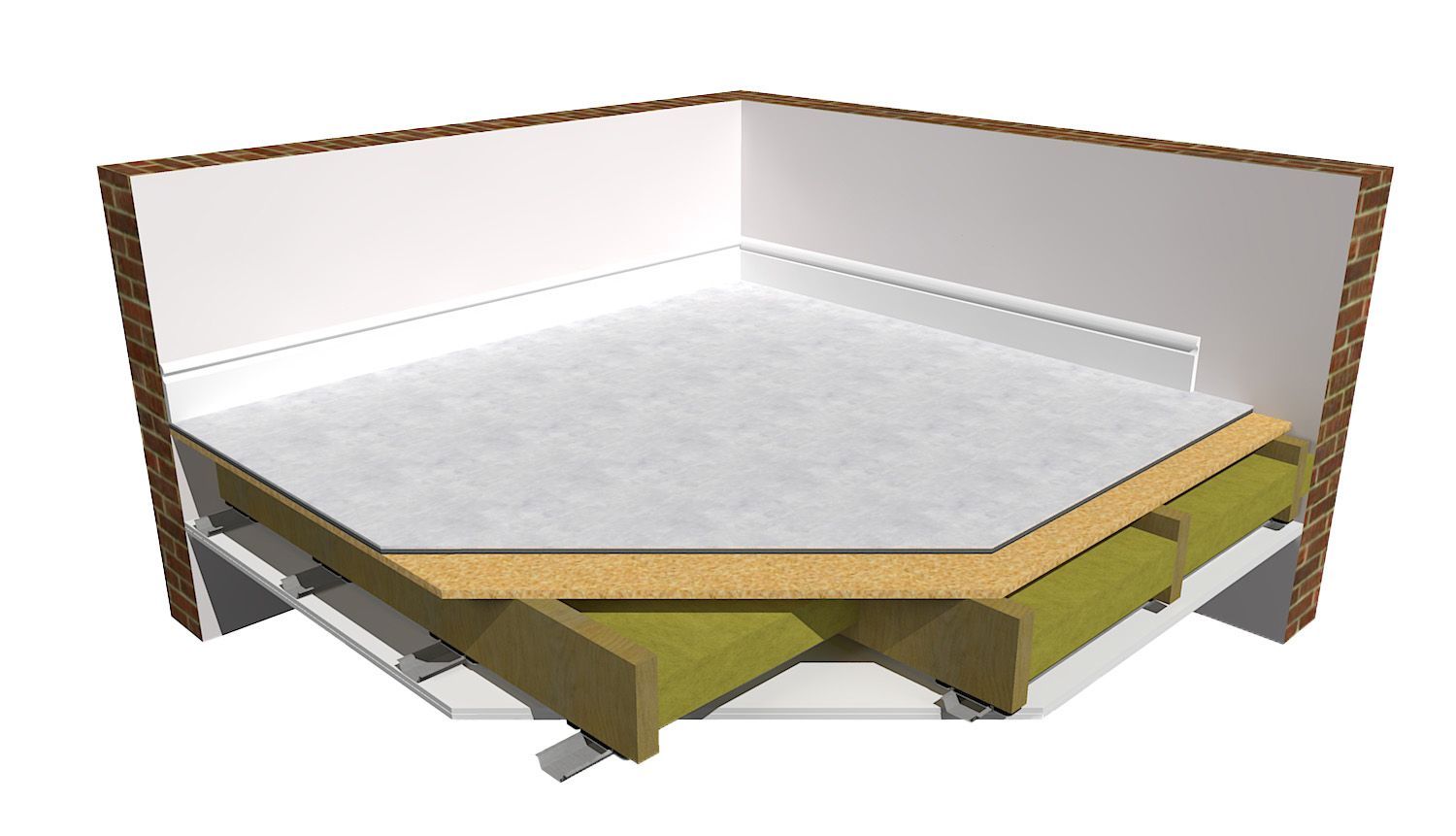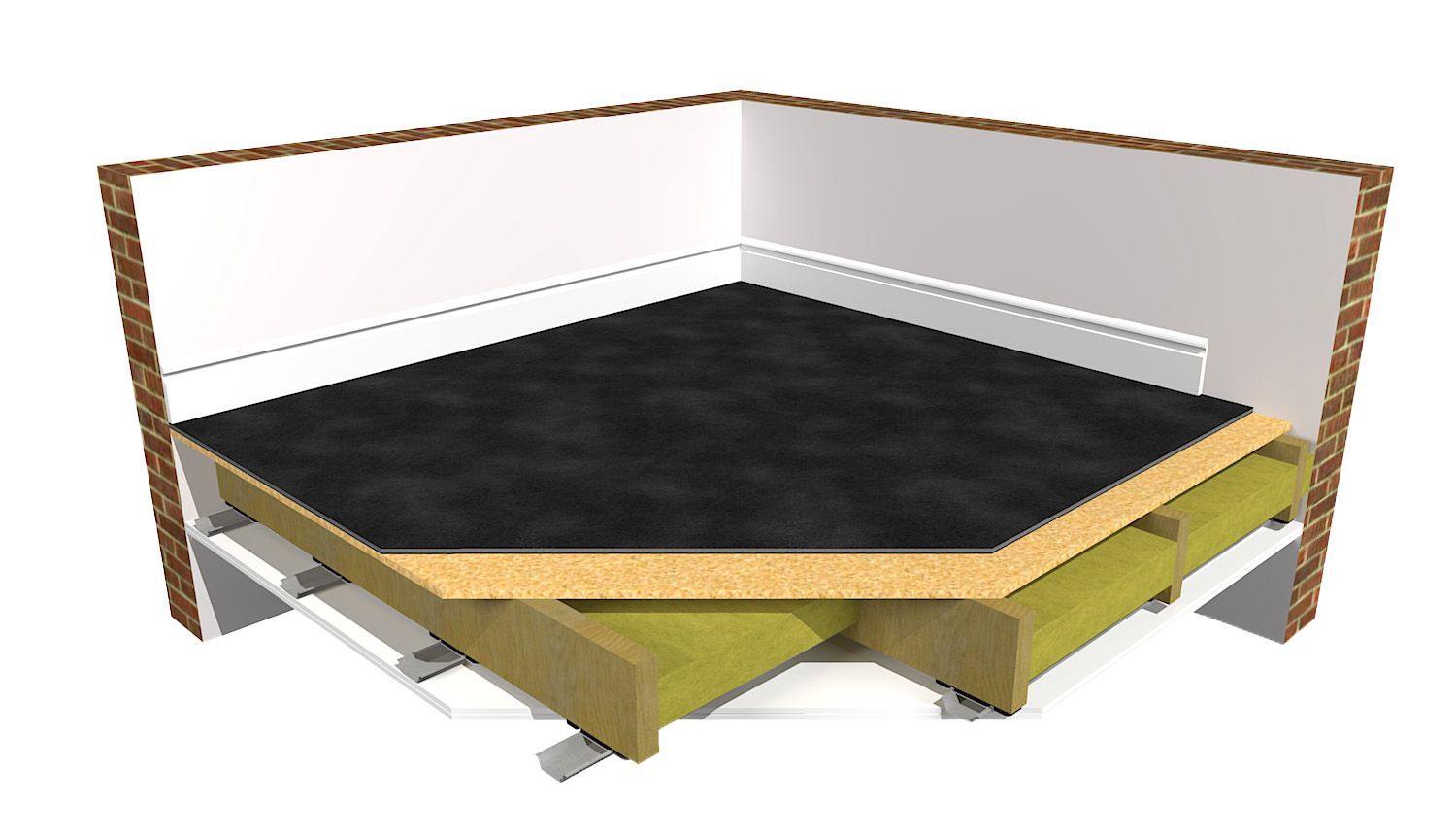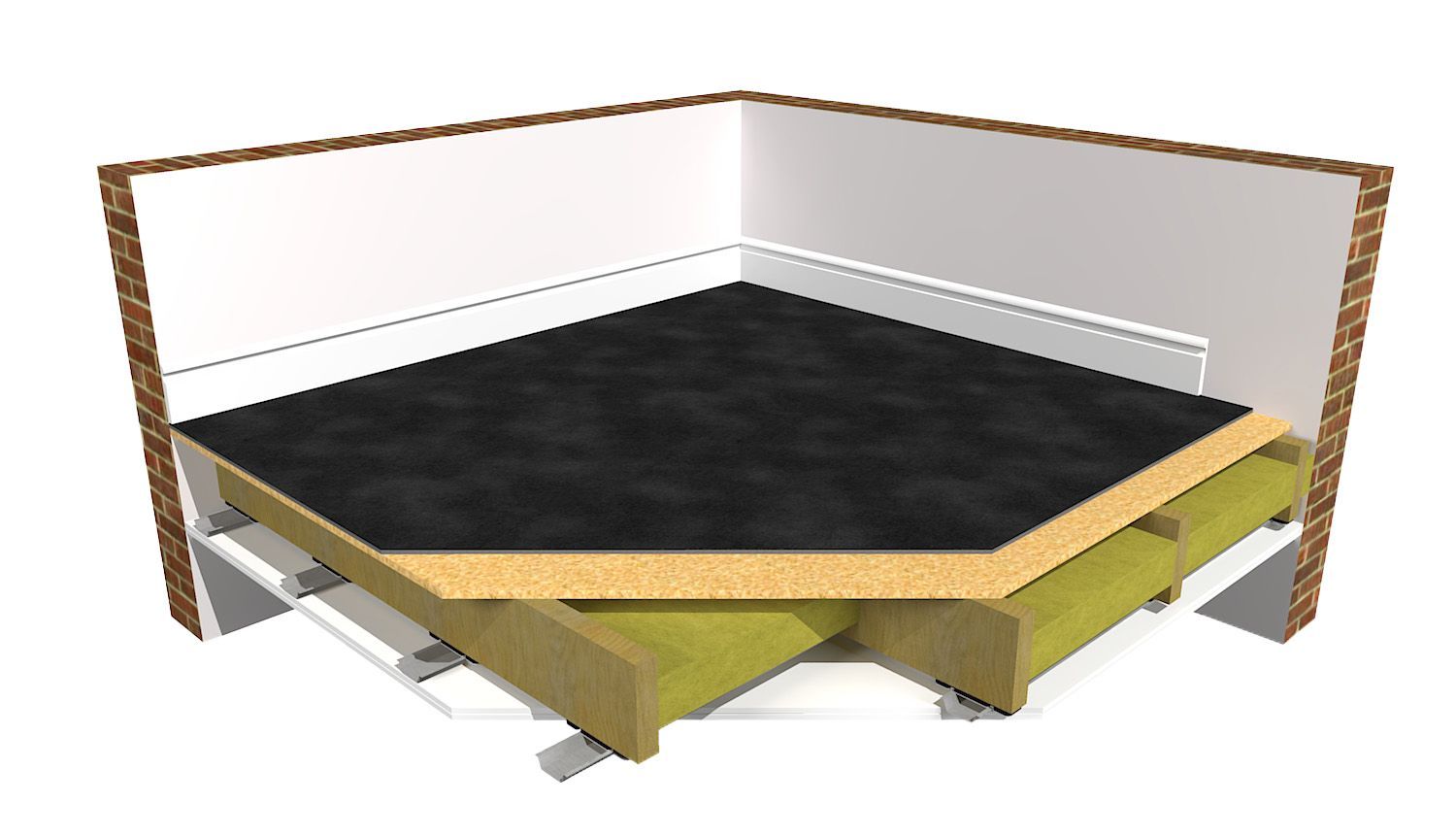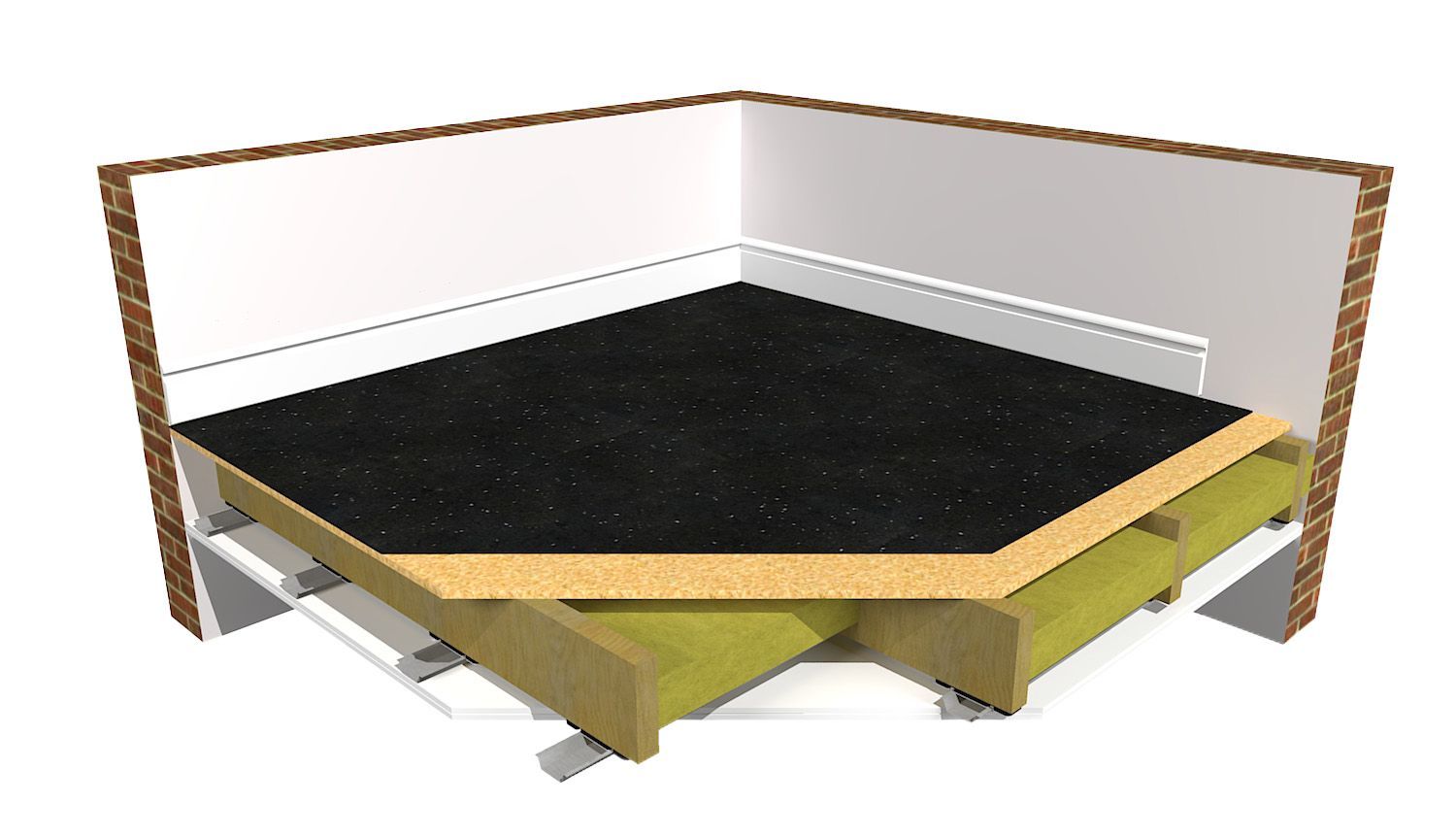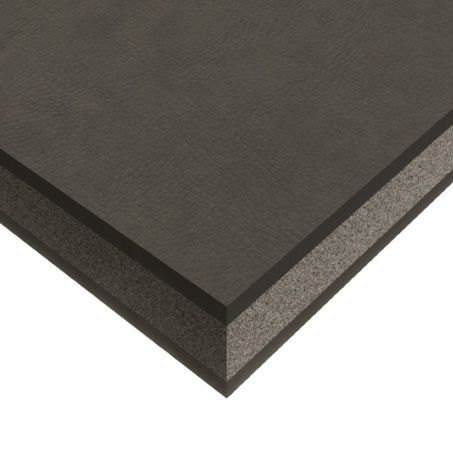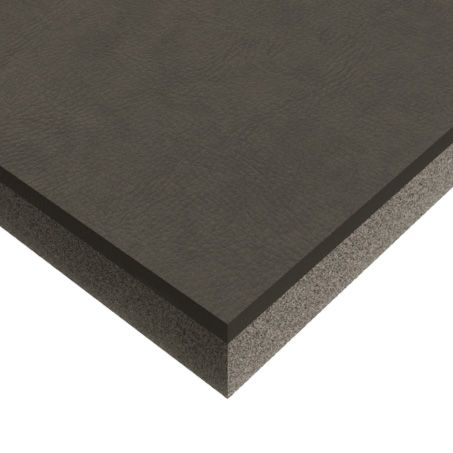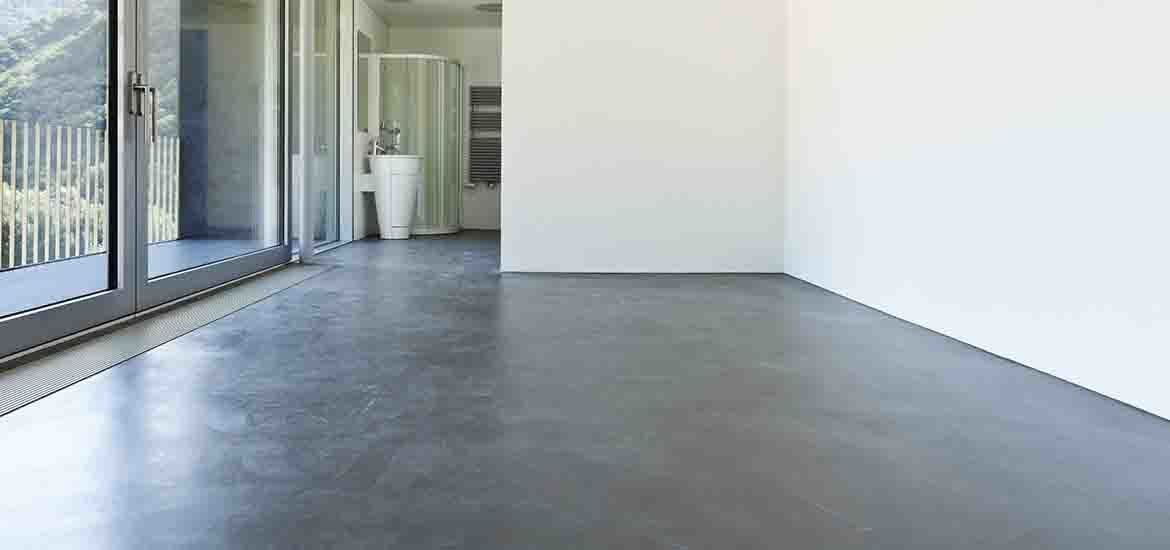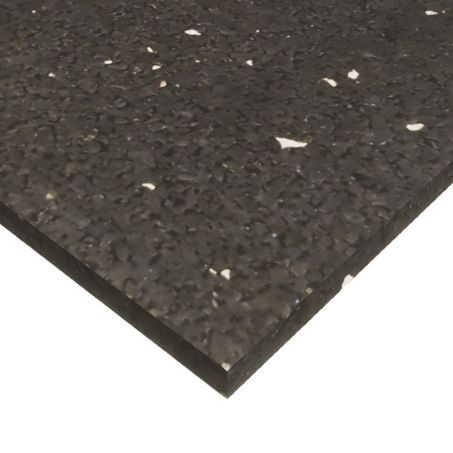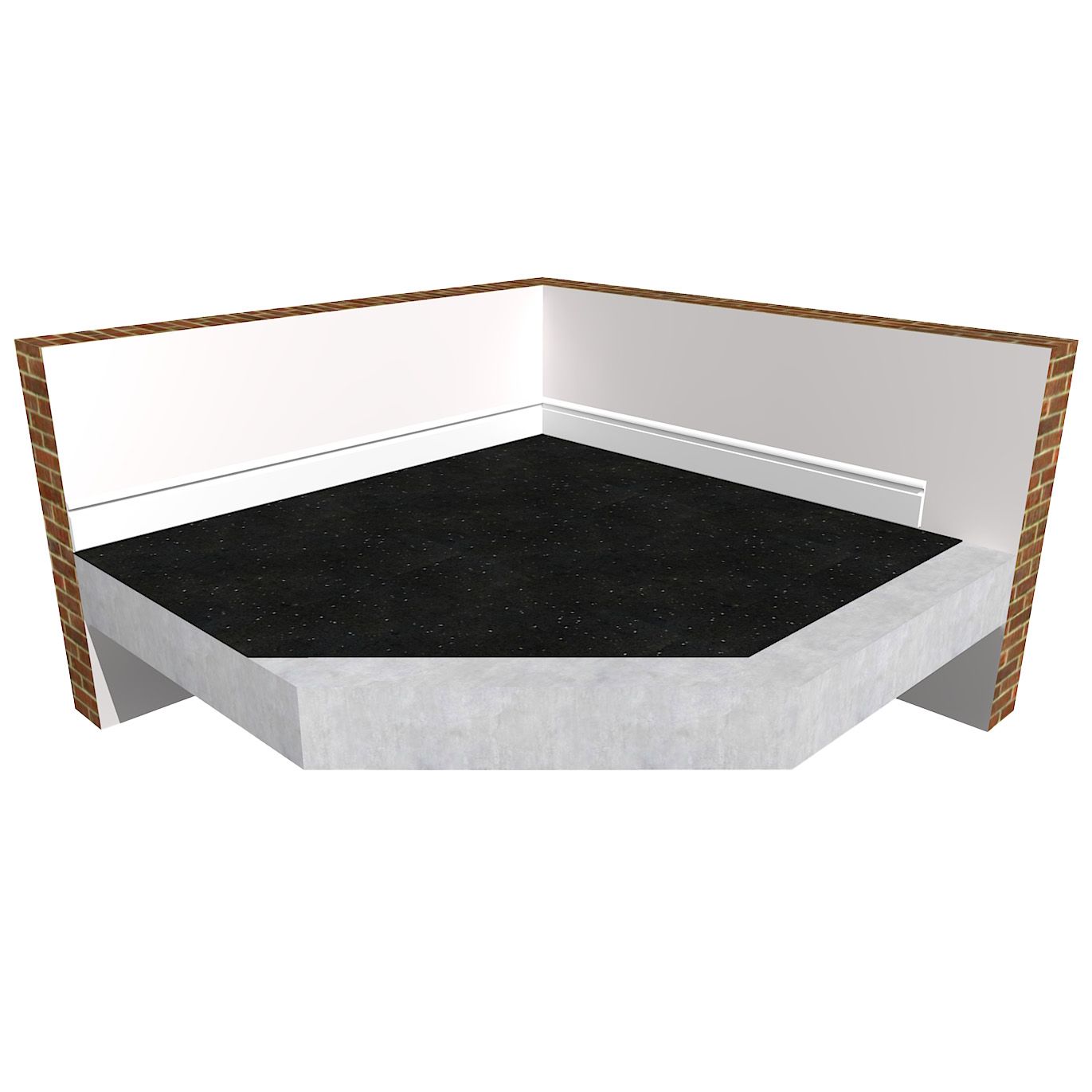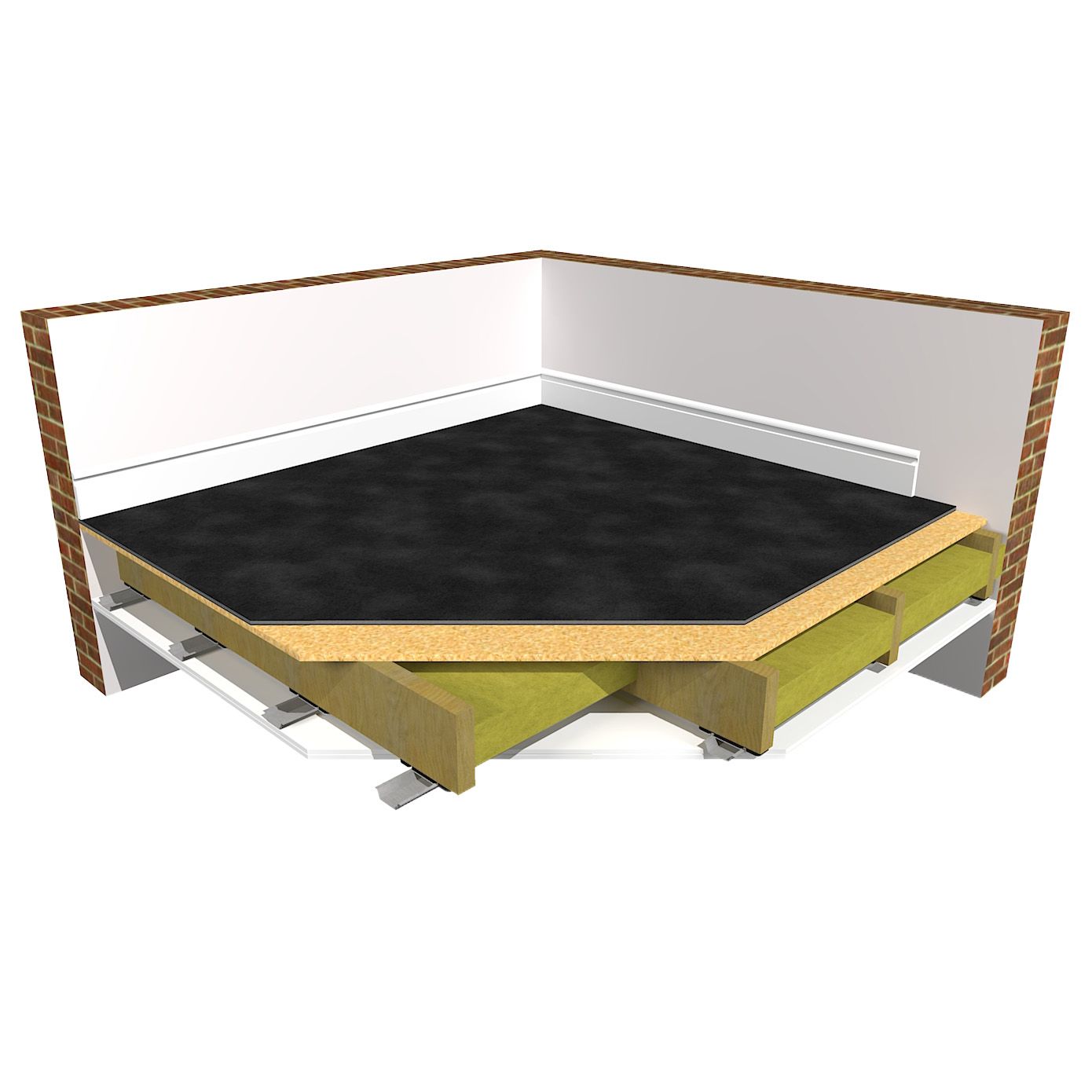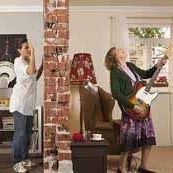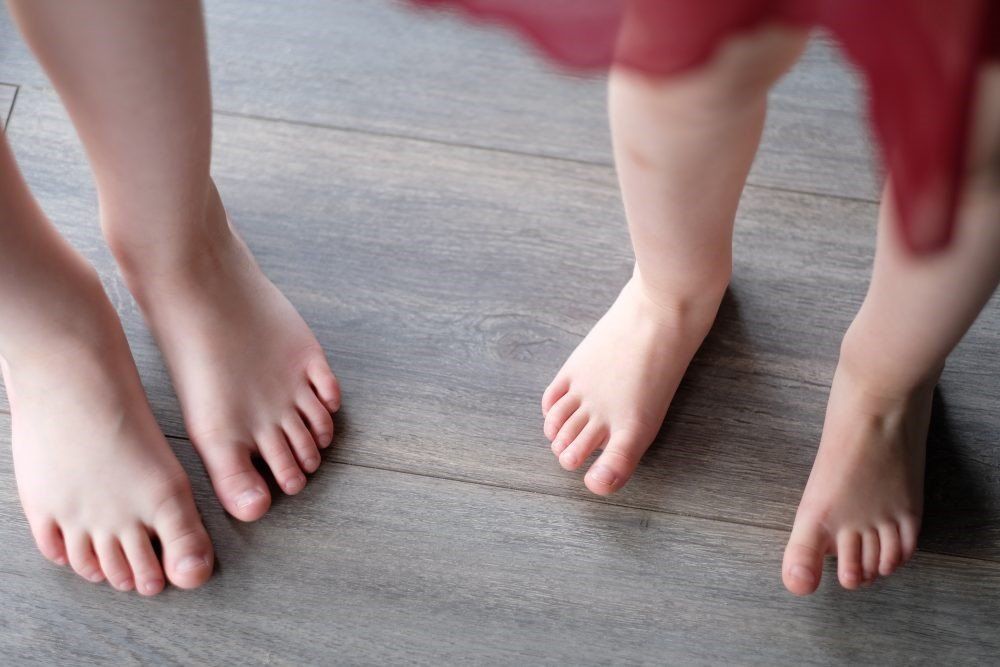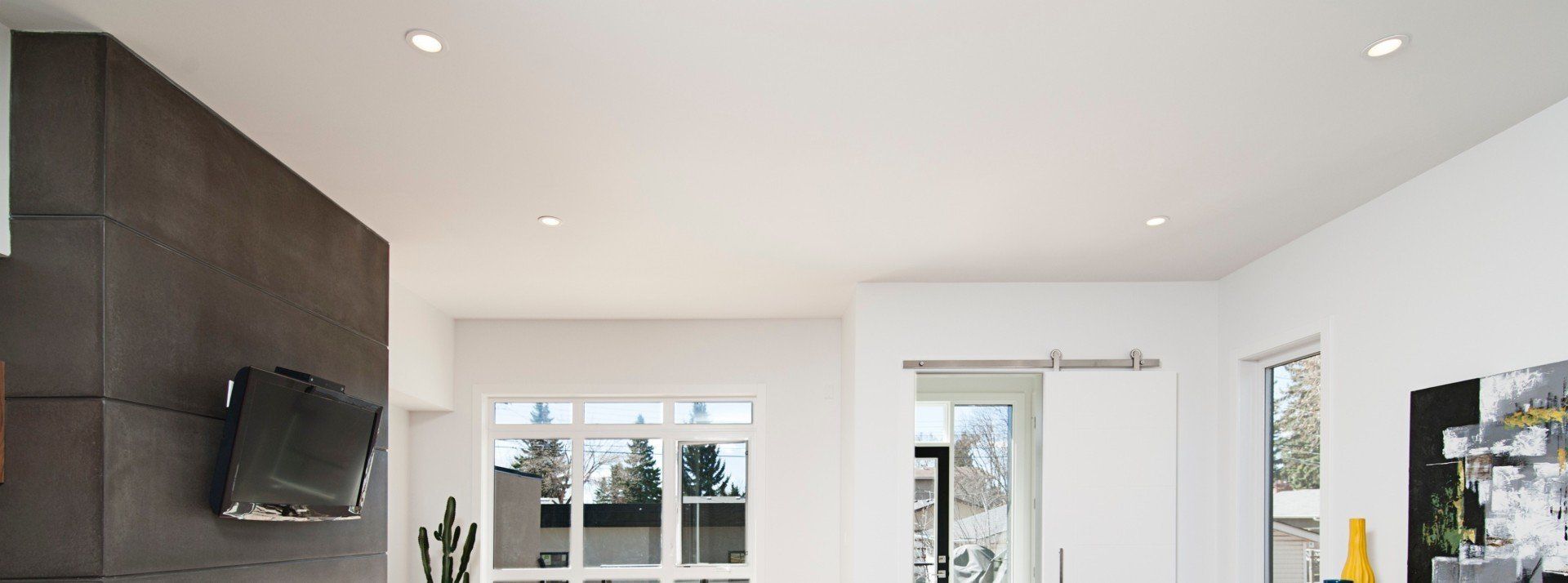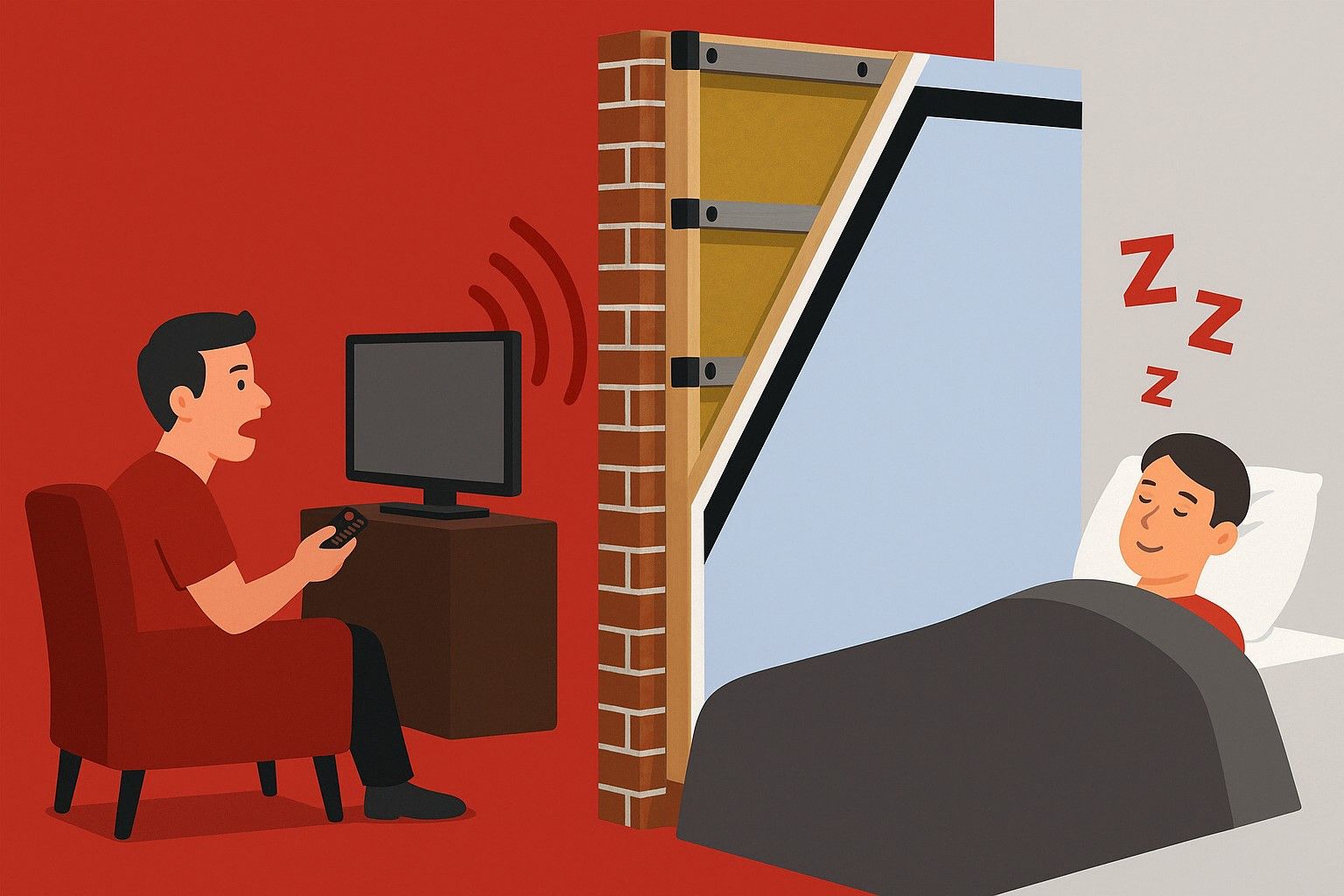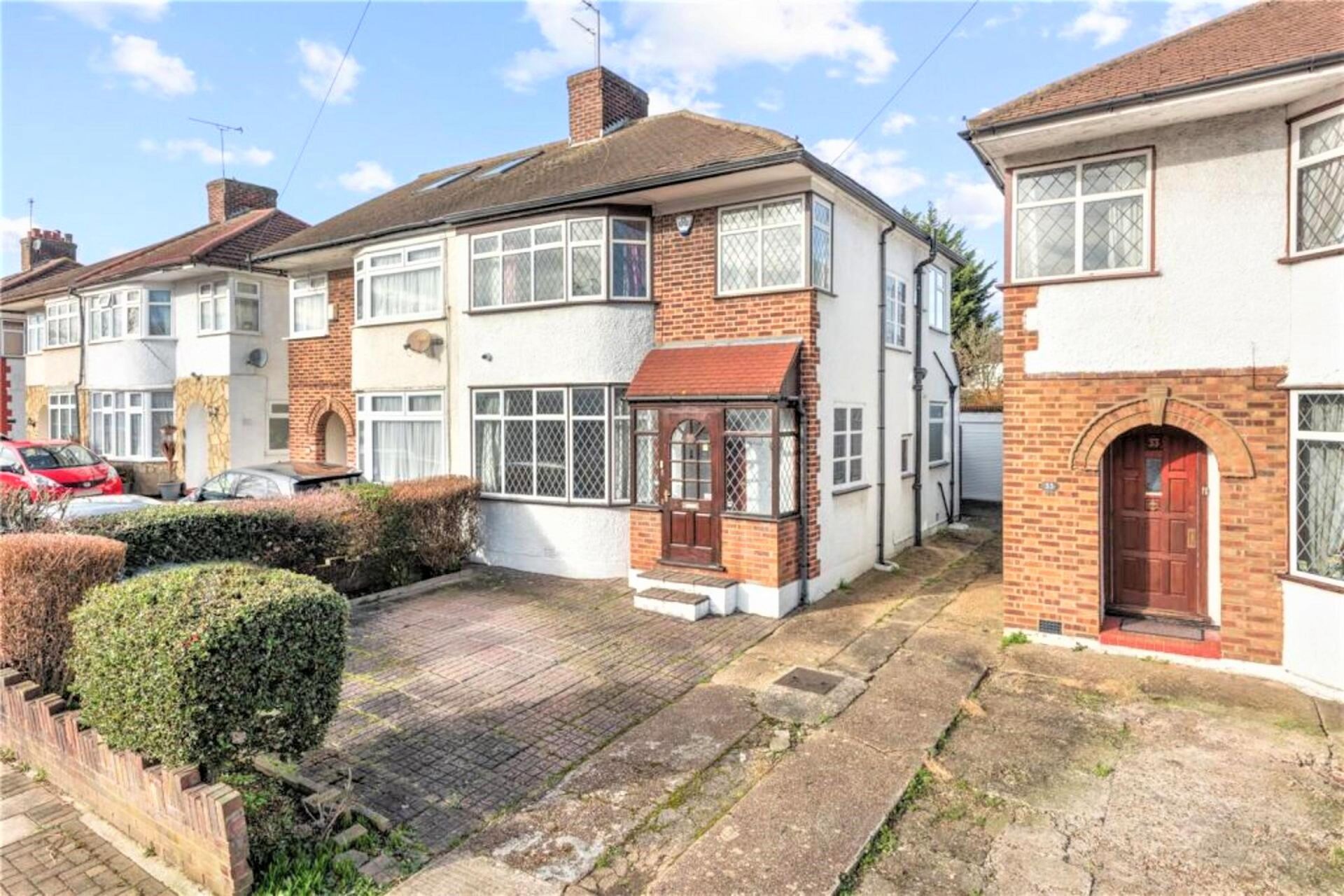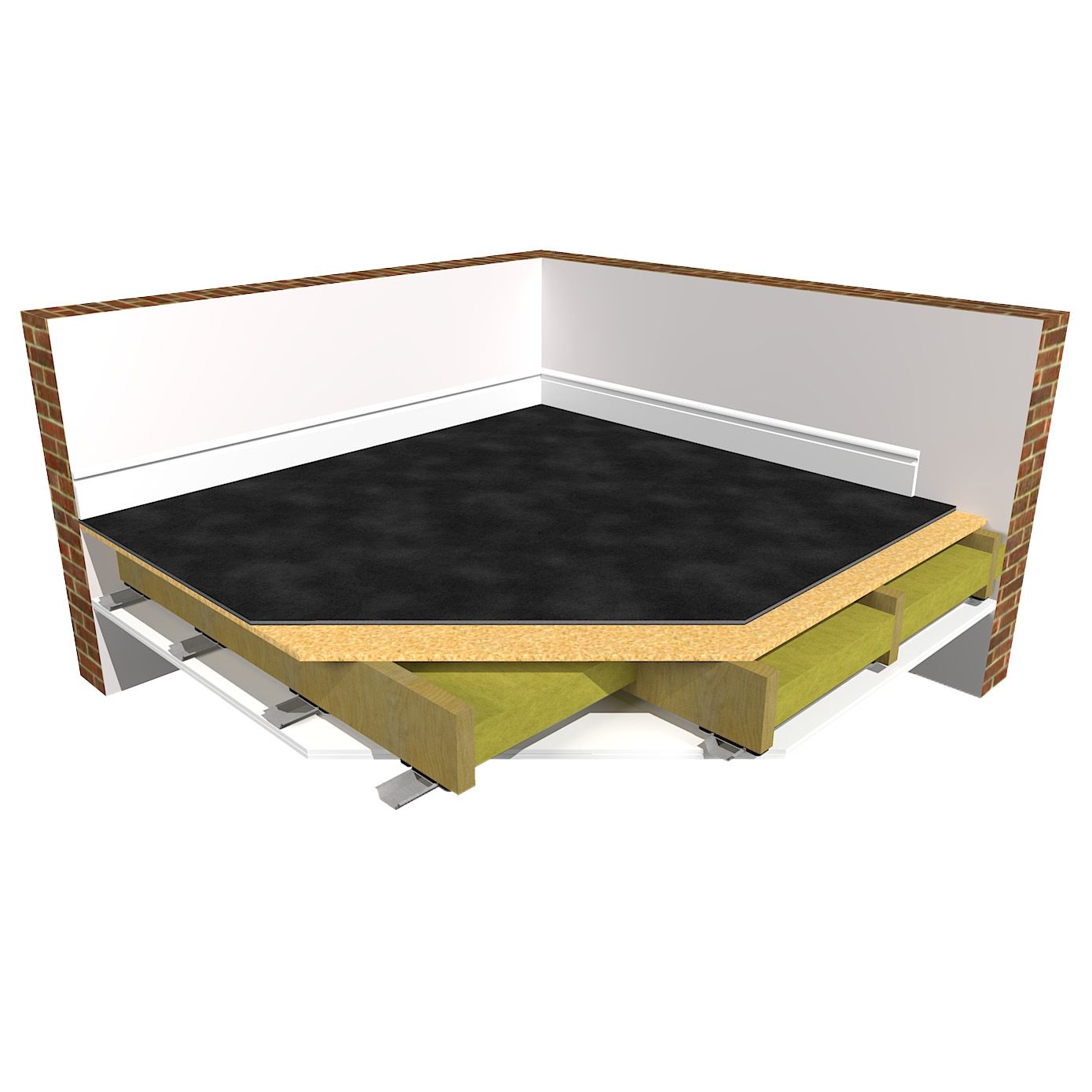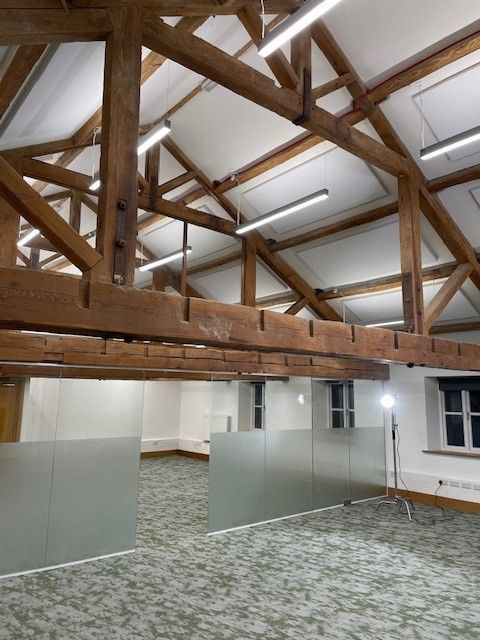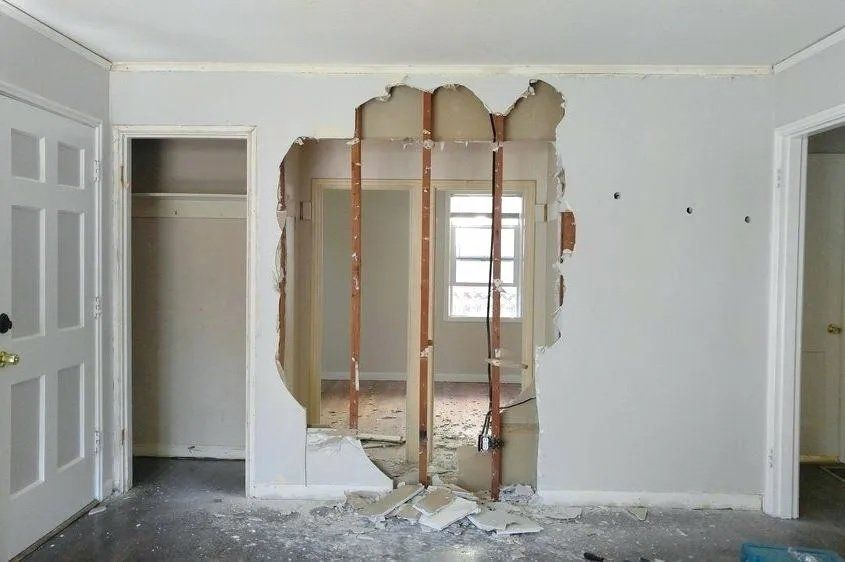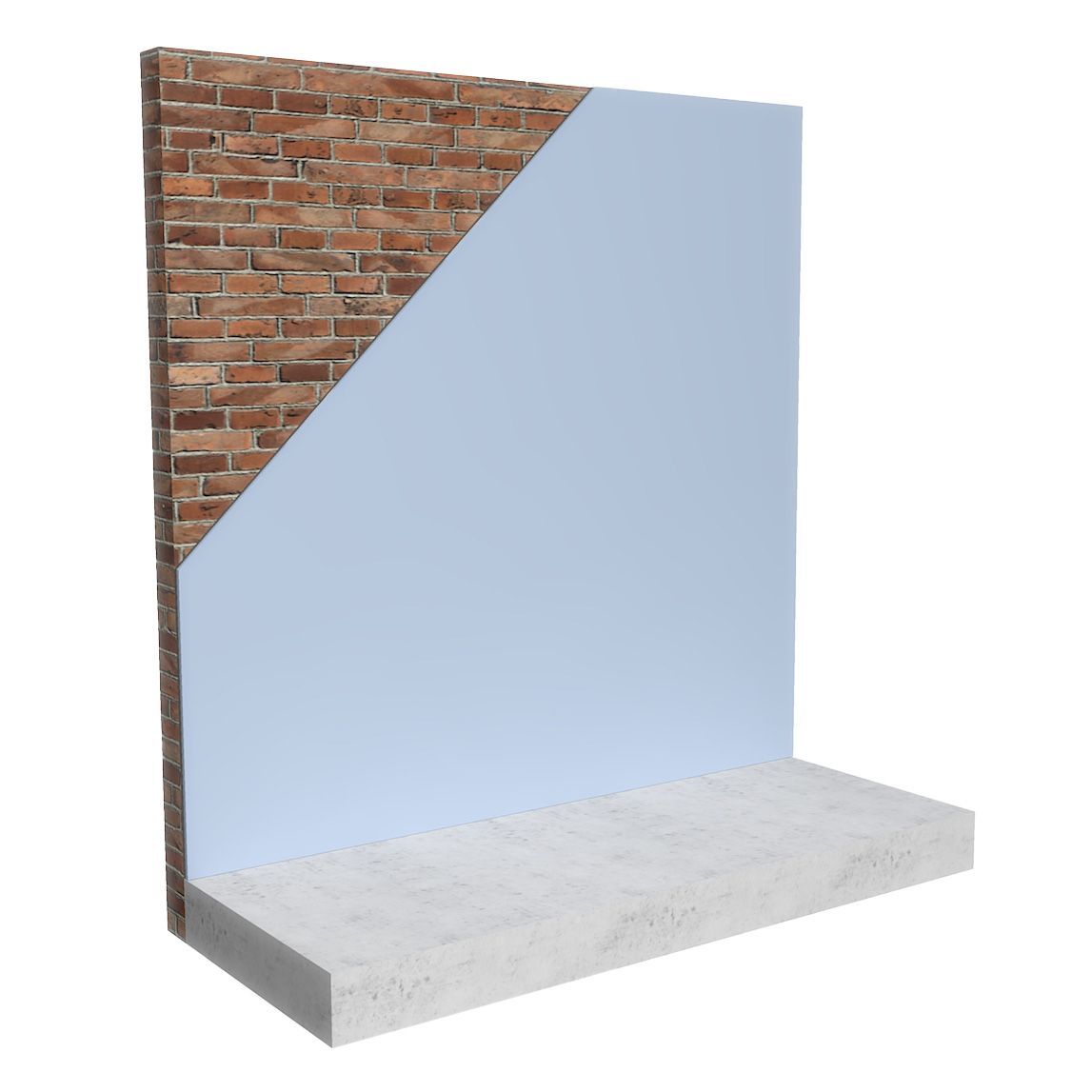How to soundproof a floor against noisy neighbours
The BBC News published an article stating that more than a quarter of UK adults have had a problem with nuisance neighbours, with noisy neighbours topping the nuisance list. A survey by Which? highlighted the most common noise annoyances such as loud voices, shouting, loud TV noise and music. It's no surprise that The Soundproofing Store continue to receive more and more requests for floor sound insulation due to the unwanted noise from noisy neighbours living above and/or below.
How to soundproof a floor in flats to block impact and airborne noise
This article looks at how to soundproof floors from the unwanted airborne and/ or impact noise from noisy neighbours. Looking at how to reduce unwanted airborne and impact noise between floors by improving the sound insulation between timber floors and highlighting the best soundproofing materials for timber and concrete floor soundproofing.
Featuring different acoustic floor soundproofing systems suitable for domestic properties, contractors and developers. The solutions below highlight the best ways to soundproof a floor against noisy neighbours and the best way to soundproofing a floor to meet Part E Building Regulations.
Soundproof Flooring for upstairs - Considerations
Before you research the best soundproofing for a floor, firstly you need to consider the below questions.
1: Where is the noise coming from?
Are you trying to block noise from above travelling down into your property? Or noise from below travelling up into your property?
2: What is the floor constructed of that you are trying to soundproof?
There are two main types of floor construction, timber joisted floors (floorboards on timber joists and plasterboard below) and concrete/solid floors (i.e solid 6 inch concrete floors with a screed finish)
3: What type of noise are you hearing?
There are two main types of noise Arborne noise and Impact noise
- Airborne noise being the likes of TV, music, people talking etc.
- Impact noise being footsteps, furniture moving etc.
4: How loud is the noise you are trying to block?
Different levels of noise will require different levels of floor soundproofing. i.e low levels of noise such as muffled conversation will need less floor soundproofing compared to loud levels of noise. Impact only noise will need different floor soundproofing compared to just airborne noise.
Best floor Soundproofing for a timber floor from impact and airborne noise
Firstly we will focus on how to soundproof a floor for
impact and airborne noise from above, travelling down to the room below, through a timber joisted floor.
For any noise you can hear from above you, then ideally we would recommend soundproofing the floor above (at the source of the noise) if possible.
However, you would need access to the floor above to do this, which isn't always possible. If soundproofing the floor above isn't an option, then you could consider soundproofing your ceiling instead. To learn more about ceiling soundproofing, take a look at our
soundproofing ceiling solutions, or alternatively, take a look at the How to Soundproof a Ceiling Blog below:
At The Soundproofing Store, the most common request for floor soundproofing is from above on timber joisted floors as these generally perform terribly for airborne noise and worse for impact noise. Especially if there is a hard final floor finish and no insulation under the floorboards between the joists.
Soundproof flooring solutions for both impact and airborne noise
When looking to soundproof a timber floor against both impact and airborne noise, The Soundproofing store have a unique, reversible floor soundproofing product - The Reverso™ SoundMat™
The Reverso SoundMat (18mm) is the only high performing soundproofing mat, ideal for loud levels of both airborne and impact noise, with a unique, reversible design. The Reverso SoundMat can be used for both hard and soft floor finishes, without the need of an underlay for soft floor finishes (e.g. carpets), or an over boarding layer for most hard floor finishes (e.g. wood, vinyl, laminates and tiles). With a similar soundproofing performance to our best selling acoustic floor matting, the SoundMat 3 Plus (impact noise 42dB and airborne noise 54dB), but with the added benefit of a reversible fibre cement board layer which provides a stable base for all hard final floor finishes.
Reverso SoundMat™ Product Overview
Our other tried and tested floor soundproofing solution is the SoundMat 3 Plus (15mm) system, with acoustic mineral wool between floor joists.
Unlike standard floor soundproofing mats, the SoundMat 3 Plus features an innovative 3 layer design, helping to tackle the unwanted noise of everyday living or meeting Part 'E' Building Regulations.
Soundmat 3 Plus uses three layers of soundproofing material, the top and bottom layers add a high degree of mass to combat airborne noise, and the middle layer of 9mm closed cell foam absorbs impact vibrations at source preventing vibrations entering the floor.
Adding acoustic insulation between the joists prevents sound form echoing and amplifying within this sealed chamber (we call this the drum effect).
SoundMat™ 3 Plus Product Overview
How to Soundproof a timber floor
For Impact noise only (footstep noise) on a timber joisted floor we need to absorb the impact vibration before it transfers into the structural floor.
When looking to soundproof a timber joisted floor from the unwanted impact noise from noisy neighbours above travelling down to the room below, then
The Soundproofing Store's best performing floor soundproofing for this unwanted impact noise would be one of the following solutions:
- SoundMat 2 Plus (*42dB Impact noise)
*The lower the dB figure, the better the performance
SoundMat 2 Plus offers the thinnest floor soundproofing solution compared to other soundproofing mats at only 12mm thick.
Featuring 2 layers of soundproofing technology (3mm mass loaded vinyl, designed to replace lead in soundproofing and a 9mm closed cell foam to further soundproof against impact noise, such as the unwanted footstep vibrations from noisy neighbours.
2. ImpactoMat™ 5mm (*50dB Impact noise) ImpactoMat is not suitable for airborne noise
*The lower the dB figure, the better the performance
Unlike other timber floor soundproofing solutions, ImpactoMat 5mm is the most cost effective choice in reducing impact noise at the source. At only 5mm thick, ImpactoMat 5mm is the ideal solution where space in the home is at a premium (offering up to 23dB impact improvement).
With both floor soundproofing solutions above, the addition of acoustic insulation (such as
acoustic mineral wool) between the joists prevents sound form echoing and amplifying within this sealed chamber (we call this the drum effect).
ImpactoMat™ 5mm Product Overview
How to Soundproof a timber floor for airborne noise
When soundproofing against the unwanted airborne (only) noise from noisy neighbours above, travelling down to the room below. Or, alternatively, unwanted airborne noise from below, travelling to the room above, through a timber joisted floor, it is important to improve the mass of the floor to effectively soundproof the floor against noisy neighbours.
Depending on the level of the airborne noise, The Soundproofing Store offers two levels of soundproofing:
- Medium levels of noise e.g. Muffled conversation: 12mm SoundMat 2 Plus
- Loud levels of noise: e.g. Clear speech: 15mm
SoundMat 3 Plus
SoundMat 3 Plus (15mm thick) and SoundMat 2 Plus (12mm thick) both perform well and to the same level against impact noise. However, SoundMat 3 Plus outperforms SoundMat 2 Plus against airborne noise.
When using either the floor soundproofing solution of the SoundMat 3 Plus, or SoundMat 2 Plus, adding acoustic insulation, (such as
acoustic mineral wool) between the joists prevents sound form echoing and amplifying within this sealed chamber (we call this the drum effect).
Floor Soundproofing, for impact noise only from above travelling down to the room below, through a Concrete Floor
To soundproof a concrete floor we are normally only concerned with impact noise (footsteps) as concrete floors already have a high level of mass to block airborne noise, however high mass materials perform worse for impact noise.
Our best tried and tested system for impact noise on a concrete floor is our ImpactoMat 5mm Under Screed
ImpactoMat 5mm Under Screed is a tough, resilient, acoustic underlay manufactured from recycled rubber granules bonded with cold cure PUR and is ideally suited to meet Part E building regulations.
How to Soundproof a Floor against noisy neighbours- Summary
No matter what floor type you have, whether concrete or a wood timber floor, noise will always find a way to travel through unless it is stopped in its tracks. Once you have identified the type of noise and the loudness of the noise problem, you can then decide which floor soundproofing insulation option is right for you. Fundamentally, to reduce airborne noises you need to block it with a high dense mass material and if you want to reduce impact noises, then you need to use a system that will absorb it. In the majority of cases it is a mixture of both.
If you have enjoyed this blog, please have a look at our wall blog -
How to soundproof a wall against noisy neighbours
Concrete Floors
Learn moreTimber Floors
Learn moreNeed Help?
I hope this has helped to answered some of your questions about soundproofing a floor against noisy neighbours. If you are looking for expert advice and would like to speak to a professional, we are happy to talk you through any problems or answer any questions.
Share
"We don’t expect you to become an overnight expert in sound absorption, that’s what we’re here for."
